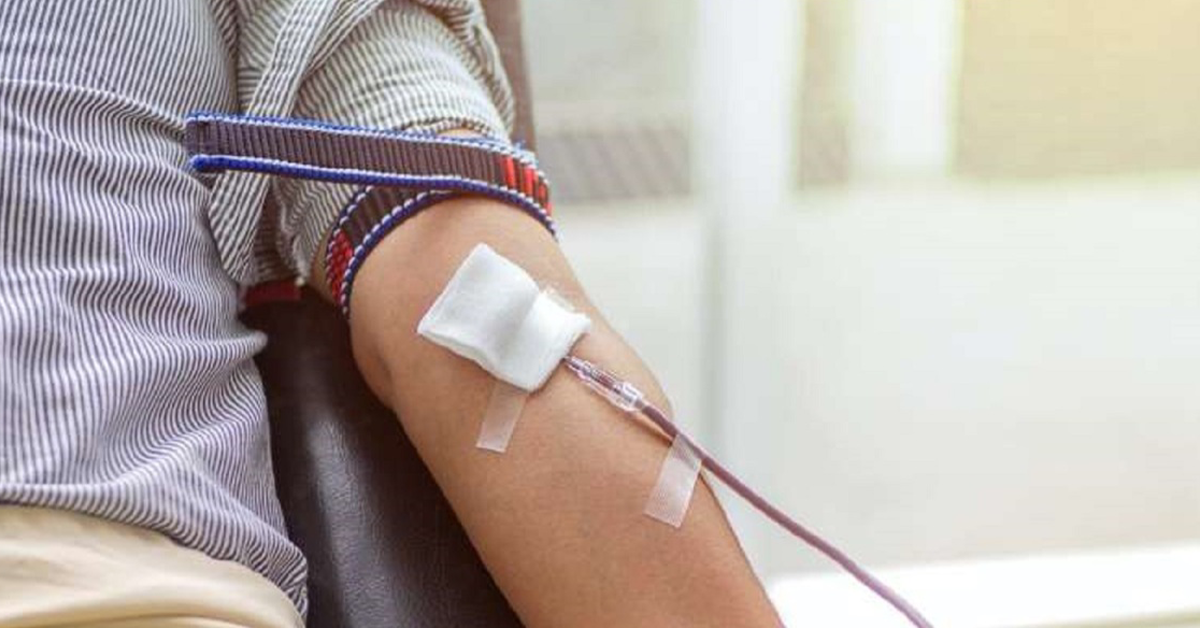

According to the American Red Cross, every two seconds someone in the US needs blood. But only 3 percent of eligible Americans are blood donors
National Blood Donor Month has been observed every January since 1970. It serves as a yearly reminder of the need for blood donations. According to the American Red Cross, someone in the US needs blood every two seconds. If you donate blood you can save a life, or several lives if your blood is separated into its components: red blood cells, platelets and plasma.
Some facts and stats about blood needs and blood supply, from the Red Cross:
• Approximately 29,000 units of red blood cells are needed every day in the US.
• Nearly 5,000 units of platelets and 6,500 units of plasma are needed every day in the US.
• Nearly 16 million blood components are transfused each year in this country.
• A person injured in a motor vehicle crash can require as many as 100 units of blood.
• Blood and its components cannot be manufactured. They can only be obtained from donors.
• Only 3 percent of eligible Americans donate, an estimated 6.8 million.
• In this country, 13.6 million units of whole blood and red blood cells are collected in a year.
People with certain disorders, such as hemophilia and sickle cell disease, can require routine blood transfusions. Many of the estimated 1.9 million people who will develop cancer this year will need blood, sometimes daily, during chemotherapy treatment. Many people undergoing major surgery and those experiencing complications of childbirth will require blood as well.
The need for blood is great; so is the need for increasing the number of donors. Donating is easy, safe and only takes about an hour. Here’s what to expect.
In Florida, a donor must be in general good health and feeling well on donation day, be at least 17 years old (16 with parental consent) and weigh at least 110 pounds.
When arriving at the donation site, the volunteer will sign in, show ID and complete the registration paperwork, which includes general information such as name, address and phone number. The volunteer will also be asked to read important information about blood donation.
The next step is a medical history and mini-physical. An employee of the donation site will ask questions about health history, travel history and medications. The employee will also take a pulse, blood pressure, temperature and a small sample of blood for testing. These measures must all fall within established limits for to continue.
After passing the mini-physical, the donor will be directed to the donation area and instructed to lie on a table or cot. A phlebotomist (an employee trained to draw blood) will disinfect the arm and insert the needle. The typical donation is 1 pint, or unit, of blood. The donation itself takes about 8 to 10 minutes.
Afterward, the donor will be offered snacks and a drink to help the body get back to normal after losing the fluids during blood donation. It is recommended that the volunteer stay least 10 minutes to be sure there is no dizziness and enough strength to continue daily activities.
The donor should avoid alcoholic beverages for 24 to 48 hour after giving blood. Also, no workouts or hard physical activity for 24 hours after donating. If there is bleeding from the donation site, raise an arm and apply pressure to the spot for a few minutes. If the area bruises, place ice on it. Wait 56 days before donating again.
My donation site, and most others, makes the results of my mini-physical available to me on a secure website a day or two after my donation. The results include my cholesterol level, which my doctor and I are keeping an eye on because it tends to run high. This is another advantage of blood donation.




Leave a Reply